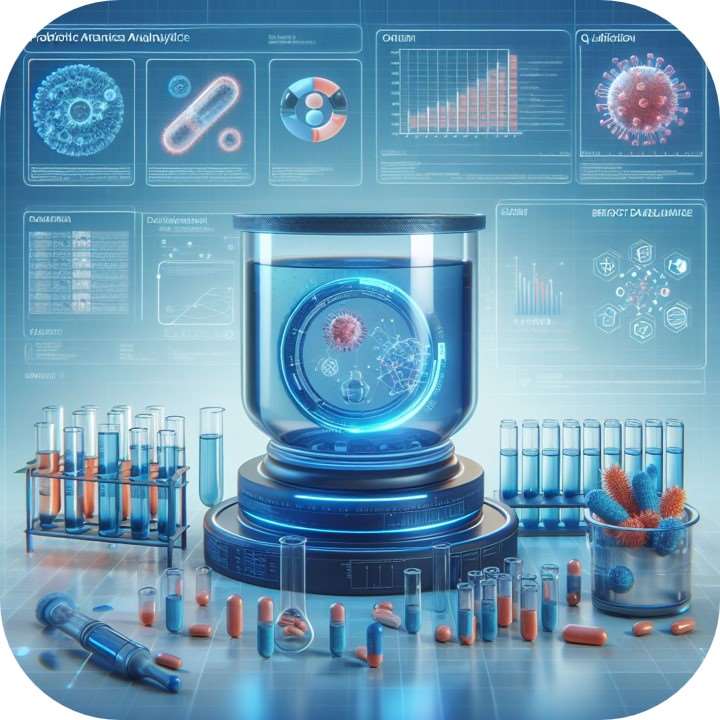The transition from two-dimensional (2D) to three-dimensional (3D) approaches marks one of the most transformative shifts in modern drug discovery. In recent years, 3D technologies have begun to bridge the long-standing gap between preclinical models and human biology—offering researchers more physiologically relevant systems for evaluating compounds, predicting efficacy, and minimizing costly late-stage failures.
The Rise of 3D Cell Models
A recent review titled “The Importance of 3D Cell Culture in Drug Discovery and Development” (Demirel & Koltuk, 2024) highlights the growing recognition that 3D cell models—such as multicellular spheroids and organoids—capture cell–cell and cell–matrix interactions that are absent in 2D cultures. These complex microenvironments enable scientists to observe real tissue-like gradients of oxygen, nutrients, and metabolites, leading to more predictive data in drug screening and toxicity testing.
Compared with monolayer cultures, spheroid models reproduce the spatial architecture and signaling pathways of in vivo tissues. This is especially crucial in oncology, where 3D tumor spheroids mimic the hypoxic core and proliferative outer layers of actual tumors, providing a more realistic system to test therapeutic responses. As the review notes, the adoption of such models could significantly improve the translation of preclinical results into clinical success.
To support this transition, several research platforms have developed dedicated 3D spheroid model systems that integrate advanced scaffold materials, microfluidic devices, and imaging-compatible designs. These systems are particularly valuable for high-content screening, compound profiling, and mechanistic studies, enabling more accurate insights into how drugs behave within complex biological contexts.
Expanding the Toolbox: Custom Cell Sources
Another important pillar of 3D-based drug development is access to reliable and diverse cell sources. Beyond conventional immortalized lines, researchers now utilize primary and stem-cell-derived populations to generate disease-relevant models for various tissues—liver, lung, kidney, or immune microenvironments. Comprehensive cell product libraries allow investigators to select or customize specific cell types to construct physiologically representative systems, thereby extending the reach of 3D biology into regenerative medicine, toxicology, and immunotherapy research.
Data Meets Dimensionality: Machine Learning in 3D Drug Design
While 3D cell systems advance the experimental side of drug discovery, computational modeling is evolving in parallel. A 2024 doctoral dissertation, “Machine Learning for 3D Small-Molecule Drug Discovery” (Guan, University of Illinois), demonstrates how generative algorithms and geometric deep learning can predict or even design drug candidates in full 3D atomic space. By combining protein pocket data with diffusion-based neural networks, models such as “TargetDiff” and “LinkerNet” can generate ligands tailored to the spatial characteristics of target binding sites—an essential step toward AI-assisted medicinal chemistry.
This computational progress complements the biological modeling revolution. When integrated, virtual 3D design and experimental 3D validation form a powerful pipeline: algorithms propose candidate molecules optimized for 3D structures, while spheroid and organoid models provide the biologically relevant systems to evaluate their performance.
Toward Predictive, Integrated Discovery
Together, these advances point to a unified vision of predictive drug discovery—one that merges computational precision with biological realism. Machine learning shortens the path from hypothesis to candidate, while 3D models refine the accuracy of early testing. Yet challenges remain: scaling these systems for high-throughput workflows, standardizing protocols, and ensuring reproducibility across laboratories.
Despite these hurdles, the momentum is undeniable. The convergence of 3D cell culture and 3D computational design represents not just an incremental improvement, but a paradigm shift in how drugs are discovered and developed. As both technologies mature, their integration will likely define the next decade of biomedical innovation—where molecules are conceived in silico and validated in living, spatially accurate cellular systems.


